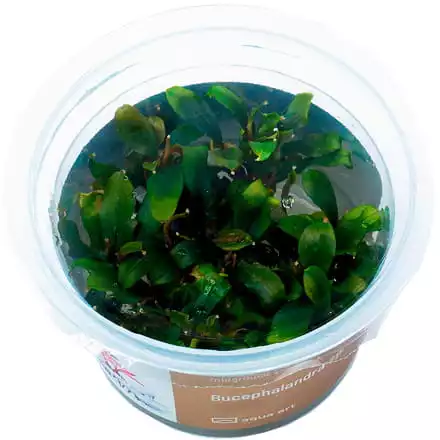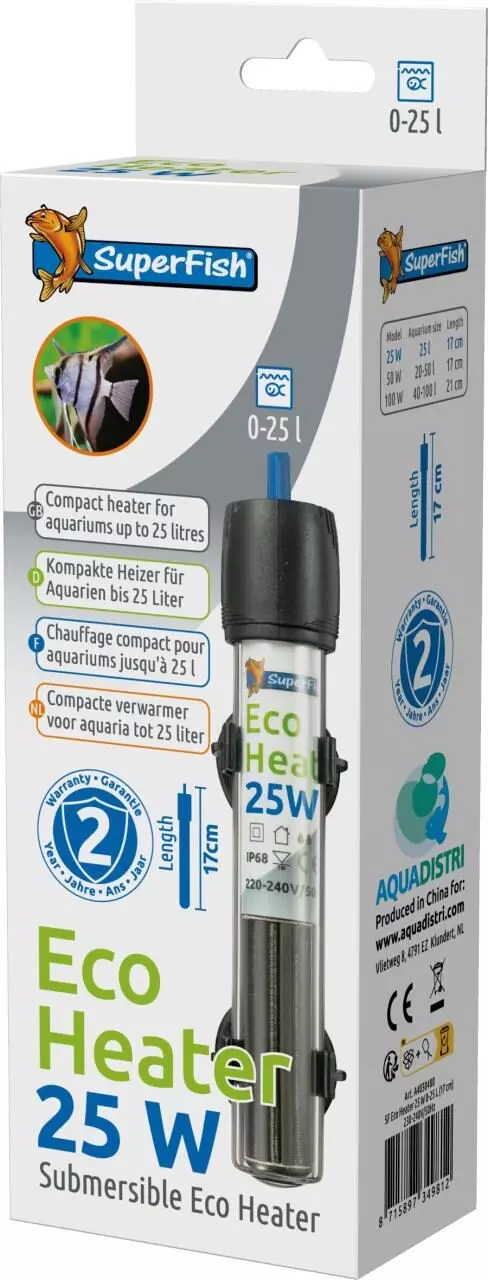Product information "Bucephalandra sp. Brownie"
Bucephalandra sp. Brownie is an aquarium plant from the island of Borneo. It grows naturally on rocks and roots. In the aquarium it should be attached to decorative elements.
- Difficulty of growing: easy to moderate
- Light requirements: low
- CO₂ requirements: low
- Height of mature plant: 10 cm
- Growth rate: Slow
- Temperature: 22-28°C
- Placement in aquarium: second level
- Origin: Borneo Island, Southeast Asia
- Cup diameter: 6 cm
Bucephalandra sp. 'Brownie' is found in the wild on the Asian island of Borneo. Its striking, green-brown, glossy foliage gives it a very attractive appearance. In terms of requirements, it resembles Anubias. It is popular in aquascaping to create gorgeous underwater landscapes that require very little maintenance due to its moderate growth.
Bucephalandra can also be grown in paludariums and terrariums.
Bucephalandra sp. Brownie is a real rarity. In nature it grows in streams and rivers, but also on the slopes of waterfalls for example. The equatorial climate zone where Borneo is located is known for its abundant rainy seasons. As the rains come, the levels of the rivers rise, damming up Bucephalandra for months at a time. For this reason, the plant has taken on submersive characteristics. Under water it is more intensely colored and has a finer leaf structure.
Bucephalandra sp. Brownie is an easy plant to grow, provided the right conditions are present. It does not make great demands on the parameters. It grows in both soft and medium hard water. It prefers a pH between 5 and 8. The light requirement of this species is low, and it thrives in partial shade and even in shade. If the conditions in the aquarium suit it, it will begin to produce offspring which can be detached and propagated. If allowed to grow, they will form a dense clump. It may also be that it blooms.
In the background, attached to a root or rock, it makes the best figure. Dthe rhizomes of Bucephalandra in any case should not be covered with substrate. Outside the aquarium, this species is also excellent for paludariums, where it forms stiffer foliage.
Bucephalanders are interesting plants that belong to the rheophytes. They have a prehensile root that keeps them on rocks, and they do not need a substrate to grow properly.
Planting: The plant must be removed from the cup and thoroughly rinsed from the gel under running water. This is best done by placing the plant in a container of lukewarm water. Most of the gel will then fall off by itself. Divide the contents of the cup into 1-2 cm lumps and then put them on the selected items at a small distance.
.











.jpg)














